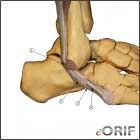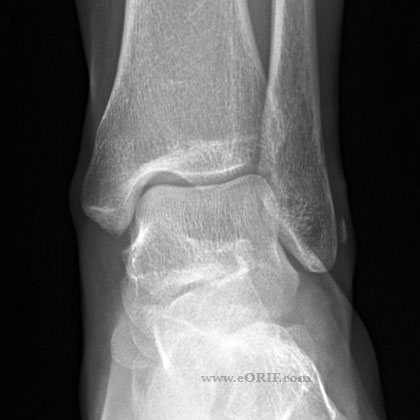|
|
synonyms: peroneal tendon instability Peroneal Tendon Instability ICD-10
Peroneal Tendon Instability ICD-9
Peroneal Tendon Instability Etiology / Epidemiology / Natural History
Peroneal Tendon Instability Anatomy
Peroneal Tendon Instability Clinical Evaluation
Peroneal Tendon Instability Xray / Diagnositc Tests
Peroneal Tendon Instability Classification / Treatment
Peroneal Tendon Instability Associated Injuries / Differential Diagnosis
Peroneal Tendon Instability Complications
Peroneal Tendon Instability Follow-up Care
Peroneal Tendon Instability Review References
|


